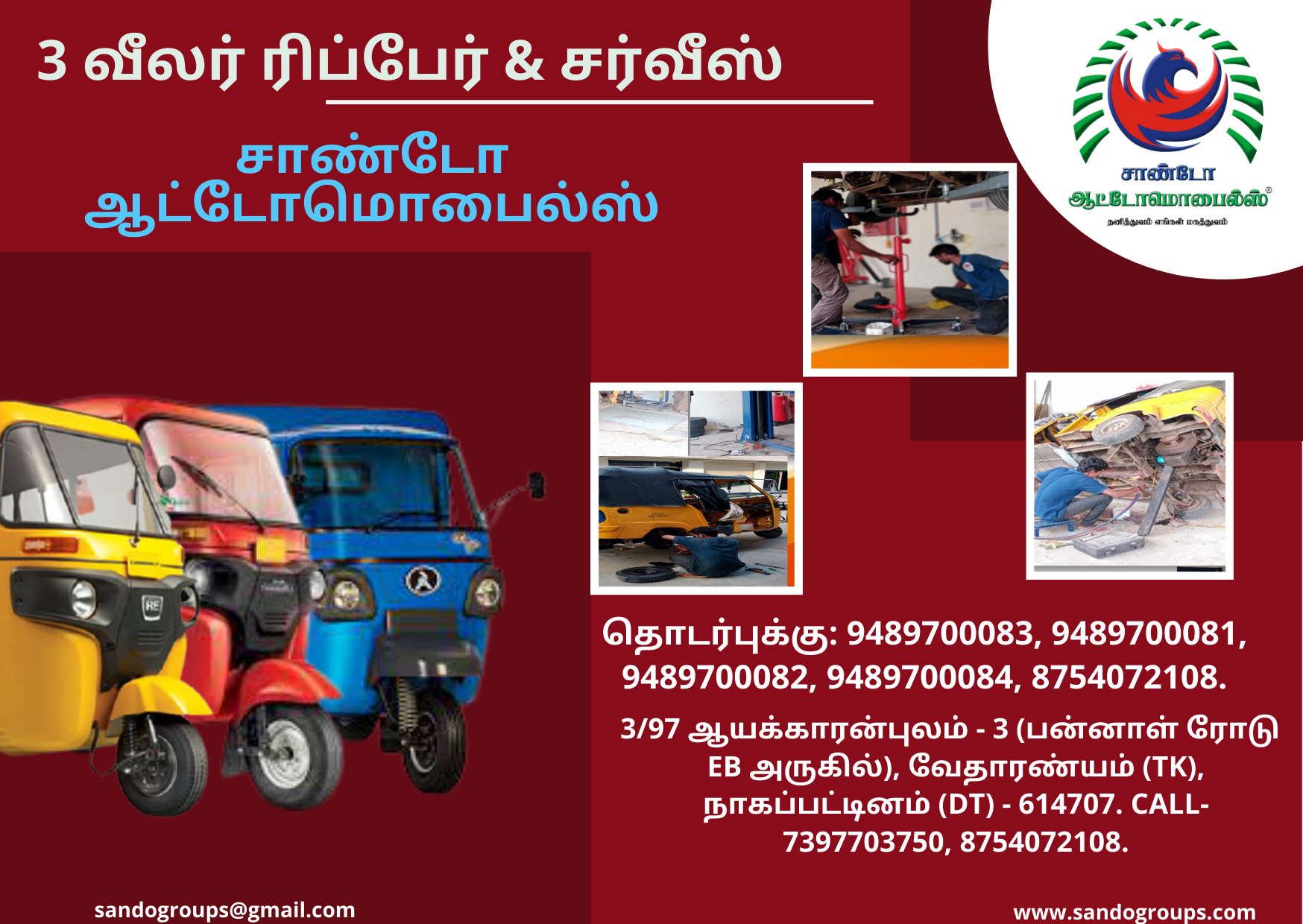
Why choose a three-wheeler over a two-wheeler or a car?
Why choose a three-wheeler over a two-wheeler or a car?
Three-wheelers have two basic configurations – one wheel at the front/two wheels at the rear; Or two front wheels / one rear wheel.
Additionally, you can add a sidecar to most motorcycles, essentially turning them into three-wheelers. The geometry of a trike and a sidecar hack are very different, and each requires different riding techniques. The similarity is that there is no reverse steering like a two-wheeler. Both the trike and the sidecar hack require steering, and go where the front wheel is. Trikes don't recline; And sidecar hacks are sometimes lean — on outside corners, they "fly" the sidecar (an advanced riding technique peculiar to sidecars). Hand and foot controls on trikes and sidecar hacks are generally the same as on a motorcycle, so it's easy for experienced riders to transition from two wheels to three.
Other companies have developed motorcycle-like contraptions with two wheels in the front and one wheel in the back. BRP's Can-Am Spyder and Ryker are two prime examples. PRB has chosen to simplify operation with a twist-and-go clutchless throttle combined with a foot brake – there are no clutch or brake levers. The advantages of a motorcycle are greater stability at a stop, simpler operation and greater storage and carrying capacity. If you've never ridden a motorcycle, the learning curve on a Spyder or Riker is much less daunting—you'll be riding in minutes. These tricycles don't lean on curves, but they're still fun. You can carry a passenger in the Spyder and ride together in the seat behind you, which is great too.
